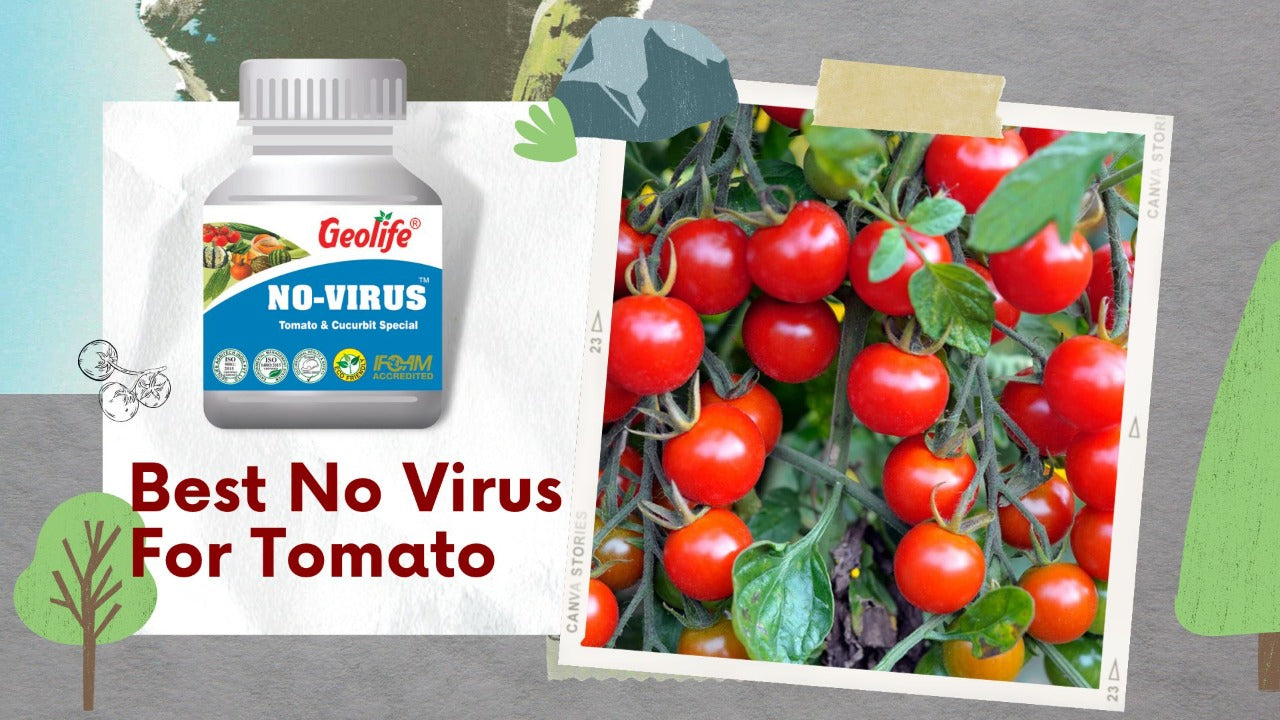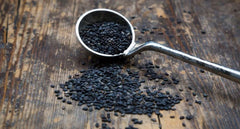The Helicoverpa zea fruitworm is the most common and destructive species of tomato fruitworm in South Carolina. It is also the most common tomato pest in the state. Fruitworms can be discovered in the western half of the world from Canada all the way down to Argentina.
It is known by a few other names, including cotton bollworm and corn earworm, due to the fact that it feeds on all three of these plants. The use of this herbicide is effective against insects that feed on soybeans, peppers, okra, and eggplant.
The mature stage of the tomato fruitworm is comparable to the appearance of a moth. The front wings, which are mostly a light yellowish-olive colour, each have one little dark mark in the middle of them, and the overall colour of the insect is similar to olive. Eggs are typically laid on the bottom sides of leaflets that are located quite close to the flower or fruit. A ring of a reddish-brown colour emerges on the eggs just before the hatching process begins. The term "larvae" refers to the juvenile animals that develop from eggs (caterpillars). The rest of their bodies are a yellow-white colour, while their heads are brown. It is possible for the stripes on the bodies of older larvae to be a colour ranging from greenish-yellow to brown to even black. These stripes can be found across the entirety of their bodies. The maximum length that a larva is capable of growing to is around 280 centimetres in length.
Tomatoes, including both the leaves and the fruit of the plant, are the most popular food source for fruitworms. Because they consume the leaf tips that are located on the bud that is about to open, it is usual for them to cause damage to the appearance of the leaves. The stems and the centre parts of plants are also fair game for larvae to consume. In the event that they get the chance, the newly hatched larvae will immediately begin feeding on any fruit that is in the immediate area. They like to go in via the bottom of the stem since that is where they can do the most damage and speed up the decomposition process. Because the larvae eat on one another, it is unusual for a single fruit to have a large number of larvae. This is because the larvae feed on each other. In the vast majority of cases, larvae only require the consumption of a single fruit in order to mature into adults. However, if the fruit is unusually small, the larvae could be able to consume multiple fruits at once.
Pupae of the fruitworm are typically located in the top four centimetres of the soil (the non-feeding stage where the larva transforms into an adult). Adults can be seen during the months of May and June when the season is at its peak. Fruitworms reproduce at a rate of between four and five new generations every year in the state of South Carolina.
OUR PRODUCTS:
Give your plants viricides in town. Geolife brings you the best products to cherish and celebrate your garden and plants.
- Geolife No Virus Organic Viricide For Chilli Plants
- Geolife No Virus Organic Viricide For Tomato & Cucurbit
- Geolife No Virus Organic Viricide for Plants and Crops
…and many more. Visit our website to find you suitable garden match.





